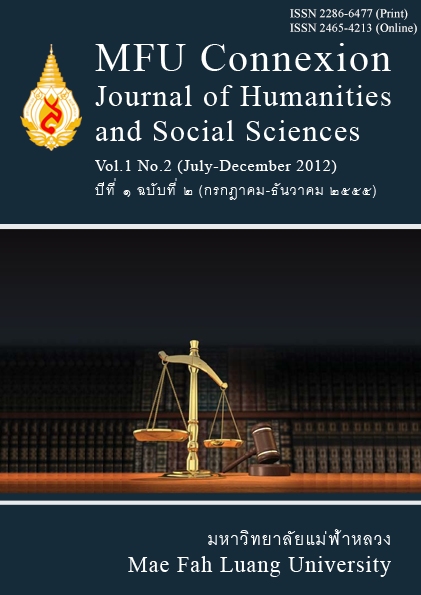The Harmonization of ASEAN: Competition Laws and Policy from an Economic Integration Perspective
Main Article Content
Abstract
The Association of Southeast Asian Nations (ASEAN) is an economic group comprised of the countries of Southeast Asia. ASEAN and Asia Pacific has been the most dynamic and fastest growing region in the world, but the 1997 Asian crisis sent the ‘Asian Tigers’ into turmoil. The rise and fall of Asia clearly reflects both the interdependence of the East Asian countries and the world economy, on the one hand, and the impact of the changing global legal and economic environment on these countries, on the other hand. The ASEAN countries have gone through a volatile period and in response have embarked on a process of deeper integration to strengthen their regional economic self-reliance while committing themselves to an open market orientation. A new direction for ASEAN, dubbed ‘Open Regionalism’, will balance regional integration and global liberalization. The ASEAN countries need to develop their sustainable regional market to replace the current separate national ASEAN markets, and to do so need to regionalise ASEAN laws and regulations, especially those relating to trade and investment, in order to facilitate the free flow of goods, capital, services and labour. A more liberalised trade and investment regime in ASEAN will enhance their free economies and create a more favourable trade and investment climate in the region.
Article Details
Copyright
Connexion: Journal of Humanities and Social Sciences has an exclusive right to publish the accepted articles in any form. However, the author retains the following rights:
1. The right to the ownership of the article;
2. The right to use all or part of the article in his/her other works;
3. The right to re-produce the article for personal use or for use in the author’s organisation, in which case the author must obtain permission from Connexion: Journal of Humanities and Social Sciences;
4. The right to make copies of all or part of the work for educational use or for the author’s use in classroom teaching; and
5. The right to include the work (both the preprinted and printed versions) in an institutional repository.


